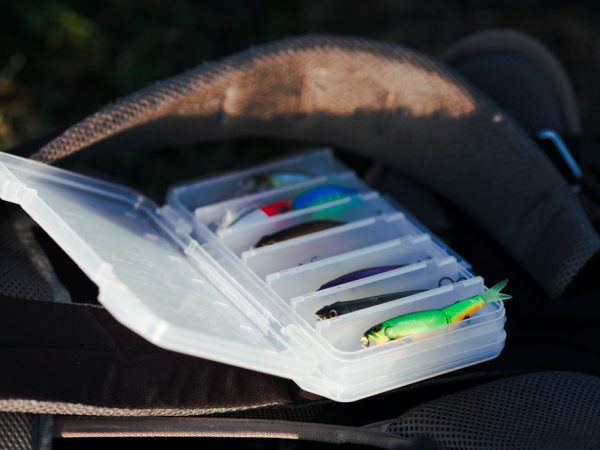Travellers Palm: 10 Expert Tips for Thriving Plants

The Travellers Palm (Ravenala madagascariensis) is a striking plant renowned for its large, fan-like leaves and tropical allure. Native to Madagascar, this plant can transform any garden or indoor space into an exotic retreat. If you’re considering adding this majestic plant to your collection, or if you already have one and are looking to ensure it thrives, this guide will provide you with 10 expert tips to help your Travellers Palm flourish.
1. Understanding the Travellers Palm
Before diving into care tips, it’s essential to understand what makes the Travellers Palm unique. Despite its name, it’s not a true palm but a member of the banana family. Its distinctive fan-shaped leaves, which can grow up to 10 feet long, are arranged in a circular pattern, giving it a striking appearance. The plant can grow up to 30 feet tall in ideal conditions, making it a dramatic addition to any landscape.
2. Choosing the Right Location
The first step in ensuring your Travellers Palm thrives is selecting the right location. If planting outdoors, choose a spot that receives full sun to partial shade. In ideal conditions, the plant can tolerate direct sunlight but may benefit from some afternoon shade, especially in extremely hot climates. For indoor plants, place them near a window with bright, indirect light. Travellers Palms do not thrive in low-light conditions.
3. Soil Requirements
Travellers Palms prefer well-draining soil rich in organic matter. A sandy loam or a mix of peat and perlite works best. Heavy, clayey soils can lead to root rot, so ensure that the soil has good drainage. For indoor plants, a high-quality potting mix designed for tropical plants can provide the necessary nutrients and drainage.
4. Watering Wisely
Proper watering is crucial for the health of your Travellers Palm. These plants prefer consistently moist soil but are susceptible to root rot if overwatered. Water the plant when the top inch of soil feels dry. During the growing season (spring and summer), you may need to water more frequently. In winter, reduce watering as the plant’s growth slows down. Ensure that the pot or garden bed has good drainage to prevent water from pooling at the roots.
5. Fertilization
To encourage healthy growth and vibrant foliage, regular fertilization is necessary. Use a balanced, water-soluble fertilizer every 4-6 weeks during the growing season. A fertilizer with equal parts nitrogen, phosphorus, and potassium (e.g., 10-10-10) works well. Avoid over-fertilizing, as this can lead to salt buildup and damage the plant. In winter, reduce or stop fertilization as the plant’s growth slows.
6. Pruning and Maintenance
Pruning is essential for maintaining the health and appearance of your Travellers Palm. Remove any dead or damaged leaves at the base to promote new growth and prevent pest infestations. Trim the plant to control its size and shape, but avoid cutting into the main trunk. Regularly check for pests and diseases, such as spider mites or fungal infections, and address any issues promptly.
7. Temperature and Humidity
Travellers Palms thrive in warm, tropical climates. They prefer temperatures between 65-80°F (18-27°C) and can tolerate brief periods of cooler temperatures. In colder climates, it’s best to grow the plant indoors or provide protection during winter. Additionally, these plants enjoy high humidity. If grown indoors, consider using a humidifier or placing a water tray near the plant to maintain adequate moisture levels.
8. Repotting and Transplanting
For indoor Travellers Palms, repotting is necessary every 2-3 years or when the plant outgrows its pot. Choose a pot that is 1-2 inches larger in diameter than the current one. Gently remove the plant from its pot, loosen any tightly bound roots, and place it in the new pot with fresh soil. For outdoor plants, transplanting should be done in the spring or early summer to give the plant time to establish itself before the cooler months.
9. Pest and Disease Control
Keeping your Travellers Palm healthy involves monitoring for pests and diseases. Common pests include spider mites, scale insects, and mealybugs. If you notice signs of infestation, treat the plant with insecticidal soap or neem oil. Fungal infections can also affect Travellers Palms, especially if the plant is overwatered. Ensure good air circulation and avoid wetting the leaves to minimize the risk of fungal issues.
10. Winter Care
In colder climates, winter care is crucial for the survival of your Travellers Palm. If growing outdoors, protect the plant with mulch or burlap to insulate it from freezing temperatures. Indoor plants should be placed away from drafts and heating vents to maintain a stable environment. Ensure that the plant receives adequate light, as shorter days and lower light levels can affect its health.
Conclusion
The Travellers Palm is a remarkable plant that can add a touch of the exotic to any garden or indoor space. By following these expert tips—choosing the right location, understanding soil requirements, watering wisely, and providing proper care—you can ensure that your Travellers Palm thrives and remains a stunning focal point. Regular maintenance, pest control, and attention to environmental conditions will help your plant flourish and bring tropical beauty to your home or garden.
FAQs
1. How often should I water my Travellers Palm?
Water your Travellers Palm when the top inch of soil feels dry. During the growing season (spring and summer), you may need to water more frequently. In winter, reduce watering as the plant’s growth slows down.
2. Can Travellers Palms be grown indoors?
Yes, Travellers Palms can be grown indoors if provided with bright, indirect light and adequate humidity. Ensure the plant is placed near a window and away from drafts.
3. What type of soil is best for Travellers Palms?
Travellers Palms prefer well-draining soil rich in organic matter. A mix of sandy loam or peat and perlite works well for optimal drainage.
4. How can I control pests on my Travellers Palm?
To control pests such as spider mites or mealybugs, use insecticidal soap or neem oil. Regularly inspect the plant for signs of infestation and address any issues promptly.
5. When should I repot my Travellers Palm?
Repot your indoor Travellers Palm every 2-3 years or when it outgrows its pot. Choose a pot that is 1-2 inches larger in diameter than the current one and use fresh potting soil.
Also read : Vintage Travel Posters: 10 Timeless Designs That Celebrate Global Destinations











